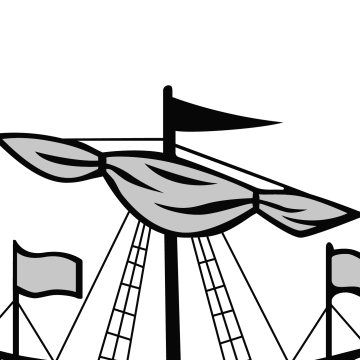When I joined the army in January 2002, I never imagined my boots would actually see the grounds of Afghanistan. I always wanted to deploy internationally with the army but didn’t know where or when it would happen. Although, I am trained as an infantry soldier I had the opportunity to deploy as a member of Canada’s Psychological Operations effort to Kandahar, Afghanistan in 2010.
To fill my role in Psychological Operations I underwent four months of training that included studies of Islam, Afghan Culture, human behaviour and psychology and language skills. This was all prior to joining the first battalion of the Royal Canadian Regiment (1 RCR) in Petawawa for continued training. After three months in Petawawa, the entire battle group was off to Fort Irwin, California for another 2 months of training in the desert. Fort Irwin was priceless because it allowed soldiers to work and practice in an environment which was very similar to the autumn in southern Afghanistan.
After about ten months of preparation the day finally arrived and my team departed for Kandahar Airfield, Afghanistan. The first thing most soldiers remember is the incredible heat. Although I was born and raised in a tropical country the heat was overwhelming and I spent the next three days drinking water and acclimatizing while being briefed on the details of the upcoming mission. It all became so much more real when our platoon commander explained that my team, call sign 98C, would be responsible for Eastern Panjwayi region. Eastern Panjwayi was a particularly volatile area of Afghanistan being it is the area in which the Taliban movement gained its momentum and grew. In particular, the town of Nakhonay and area, a pro-Taliban zone where a high number of Canadian casualties occurred. Nakhonay would be home for the next seven and half months.

A few days after arriving, my team drove the infamous “Gauntlet” through Kandahar City, down “IED Alley” and arrived to a small dusty compound adjacent to a town. The compound was mud-brick and had very little defences. Members of the PPCLI wearing shorts and combat boots stood outside the wire filling hesco-bastien baskets with shovels. Anyone who knows how big these baskets are will know their agony. Only a mud wall separated us from the town and nothing separated us from the main road which the PPCLI had cleared of 150 plus IEDs over the last few months. From the improvised guard towers you could look out and see acres upon acres of poppies and farmer tending to them. The same fields which would later become battle grounds as insurgents would attack in weak attempts to disrupt our efforts. This was home!
The first few weeks were fairly smooth. We just spent time getting used to the routine and conducting many patrols into the surrounding area to get the lay of the land. Until, one routine night quickly reminded us there was nothing routine about what we were here to do. The night that Pte Kevin McKay died down the road from our compound brought everything into context. After about 3 weeks with the PPCLI, Bravo Company 1 RCR arrived. Even the first few weeks with the RCR was quiet and somewhat routine, until the last of the poppy crop was harvested. Like clockwork, the last poppy stalks were collected which signified the start of the fighting season.
The next few months were filled with long days of patrols and operations to clear and secure the area around Nakhonay. In that time nine Canadian soldiers would pay the ultimate sacrifice for their country and our freedom, four of whom added to the list of others who died in Nakhonay region.
We often mourn the lives of Canadian soldiers who died but the other victims are forgotten. The weapons of the insurgents are indiscriminate. They do not distinguish between soldiers and civilians and as a result many families in the Nakhonay area are mourning the lives of their children as we mourn the lives of our fallen.
The biggest surprise to me on my tour was learning and seeing the human factor of war. Even as a soldier, I never really comprehended what the people of Afghanistan experience. We as soldiers go there for a few months but we come home. The Afghan people must continue to live through IED explosions, gun battles, bomb blast and deaths of loved ones as a part of their daily life. Casualties of war are inevitable while fighting an enemy that hides amongst the citizens and uses indiscriminate weaponry.
Having lived and worked in an Afghan community for the entirety of my tour, I can truly say many of the locals I met and interacted with from day to day gave me the motivation to continue with our mission. Although they were bullied and beaten by Taliban and Insurgents they would stand tall against their oppressors, even while facing death there were still a few Afghans ready to stand up for what was right. Many Afghans spoke against the Taliban, praised Canada and Canadians and even included our soldiers in their prayers.
Like all tours of duty my tour came to an end. My team and I drove the Gauntlet one more time through Kandahar City. We had all of our team members with us. No deaths and no injuries. As we drove past the infamous Saraposa prison and the adjacent bazaars I saw a group of Afghan girls walking to school with their backpacks and books. This was my final affirmation that we are doing the right thing for the Afghan people and there has been progress, my brothers and sisters in arms did not die in vain. Lest we Forget!












